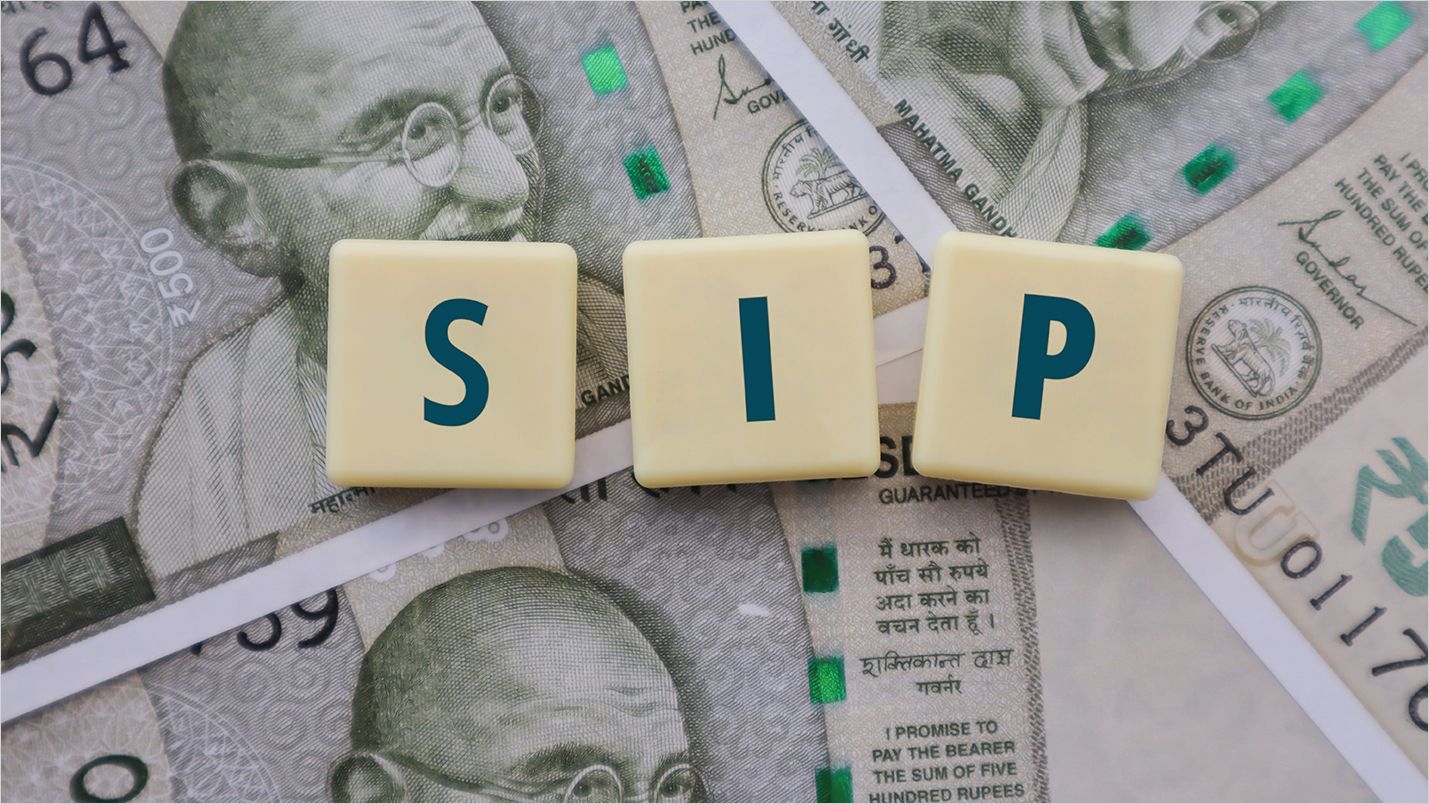Due to the GST reform, holiday and rural demand, and overall sales increased 40.5% year over year (YoY), India’s car retail sector reached a record high in October. The 42-day festival season from Dussehra to Diwali recorded record figures with a 21% YoY growth, solidifying it as the strongest festive cycle in India’s automotive history, according to a survey by the Federation of Automobile Dealers Associations (FADA).
Automobile retail sales increased to 40,23,923 units in October, according to FADA, mostly due to record-breaking monthly sales of both passenger cars and two-wheelers. Sales of two-wheelers increased 51.8% to 31.5 lakh units, while sales of passenger cars increased 11.35% to 5.57 lakh units.
Sales of tractors increased by 14.2%, while sales of commercial vehicles increased by 17.7%. There was a little increase of 5.4% for three-wheelers. The construction equipment segment was the only one to trail behind, with a 30.5% fall brought on by finance limitations and project delays.
Overall, car sales increased 21% year over year to an all-time holiday high during the 42-day celebration between Dussehra and Diwali. Sales of two-wheelers increased by 22%, passenger cars by 23%, commercial vehicles by 15%, tractors by 14%, and three-wheelers by 9%.
As consumers advanced their purchases to take advantage of GST incentives and holiday plans, dealers around India reported record queries and increased conversions. According to FADA, the implementation of GST 2.0 reduced tax rates on entry-level two-wheelers and small vehicles, making car ownership more accessible to first-time purchasers.
With the help of a strong monsoon, increased farm revenues, and infrastructure spending, rural India became the primary growth engine. Sales of passenger cars increased more than three times as quickly in rural areas as in urban ones, and the rise of two-wheelers in rural areas was almost twice that of urban areas.
Maruti Suzuki dominated the passenger car market with a 43% market share, followed by Mahindra (12.2%) and Tata Motors (13.5%). Hero MotoCorp led the two-wheeler market with 31.6%, followed by TVS (17.7%) and Honda (26.1%).
Dealer confidence is still high, with over 70% predicting expansion over the next three months and 64% expecting growth in November. Retail momentum is anticipated to be sustained until early 2026 by robust rural cash flows, consistent infrastructure activity, and the introduction of new vehicles.

